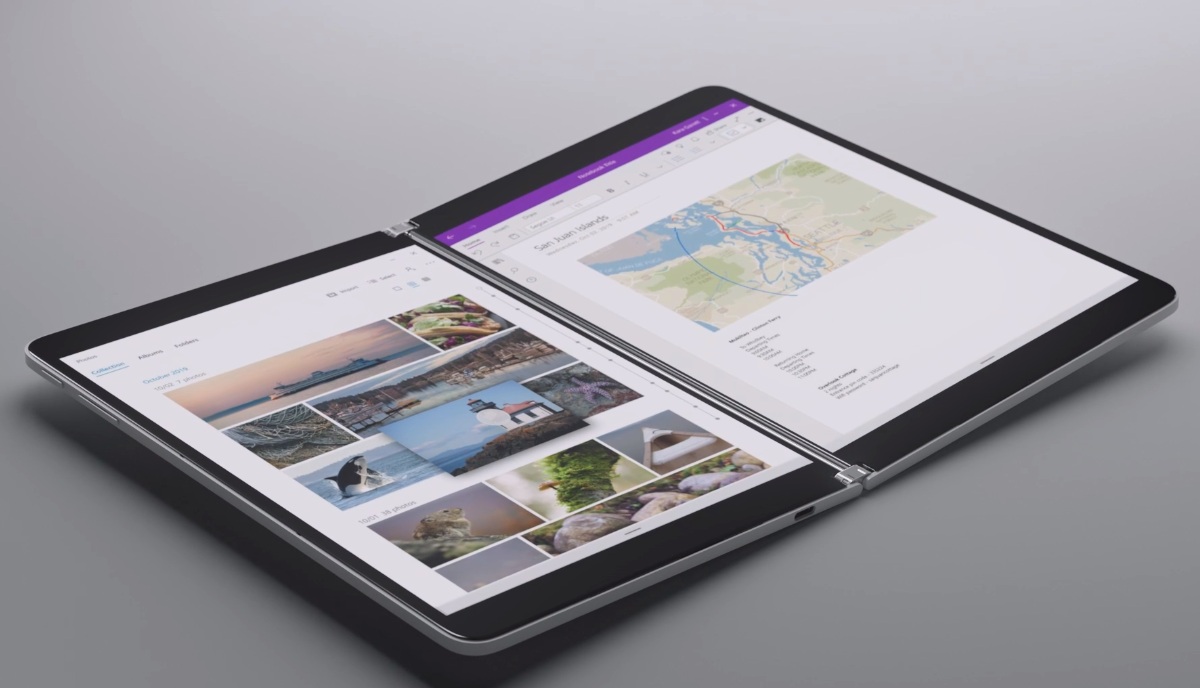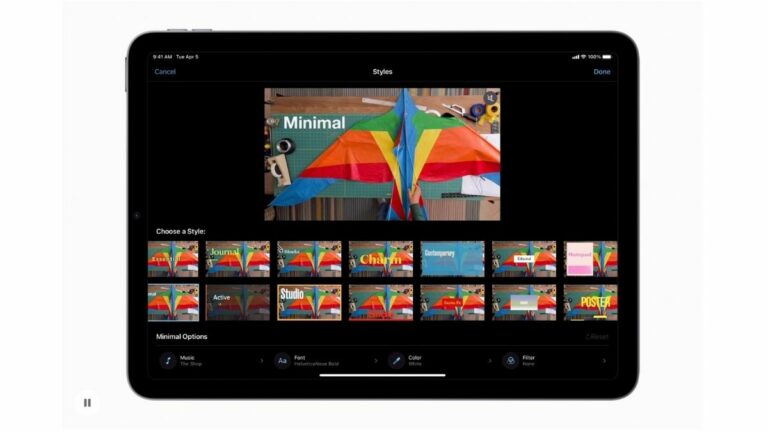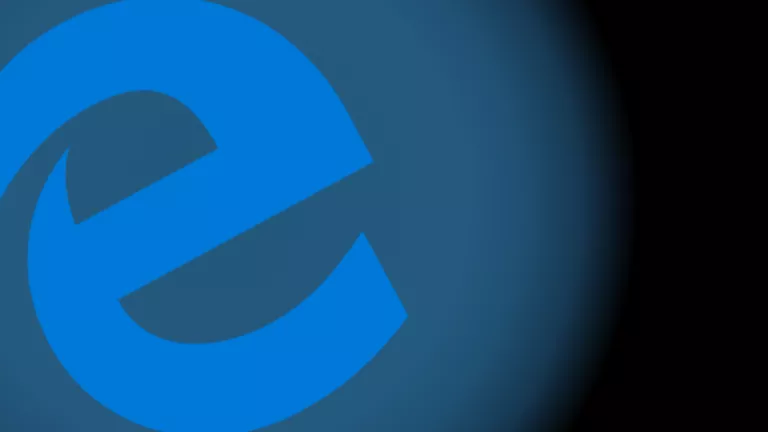Windows 10X Updates Will Install In Just “90 Seconds”

At the Microsoft 365 Developer Day, the company spilled some more beans regarding the upcoming Windows 10X operating system. Right now, many of us know that the OS is optimized for dual-screen devices (eg: Surface Neo) and would be a lot different than the Windows 10 we use right now.
Microsoft said that Windows 10X would be able to support Win32 apps, UWP apps, and PWAs by deploying various containers to run the apps. The goal is to keep everything lightweight and modular.
However, the fact that Microsoft has separated the base operating system from app files and other data brings an exciting development into the picture. Windows 10X will take less than 90 seconds to finish the installation of feature updates.
How it’s possible?
Future updates for Windows 10X will be installed differently than how it’s currently done. The OS will install the updates on a new partition in the background so that the user can keep working on their device.
Then, during the restart process, the partition will be swapped with the existing one to finish the installation process, which will take about 90 seconds.
It will be a big leap from the current time required for Windows Updates. Over the years, Microsoft has tried to reduce the PC downtime for updates by doing most of the work in the background.
A big set of changes was announced back in 2018 before the release of Windows 10 1803 (RS4), which reduced to update time to less than 30 mins. But still, even today, it can take up to 20+ minutes in some cases.
Nonetheless, the process of updating Windows 10X is similar to what we have seen in the case of Android and Chrome OS. Google introduced the Seamless Updates feature with the release of Android Nougat, and you might have realized how fast Android updates have become in recent times. Moreover, you can also check out our guide on how to make android faster using the developer options here!
If you want to try the upcoming OS, you can do so by installing the Windows 10X emulator on your computer.
via Windows Central





